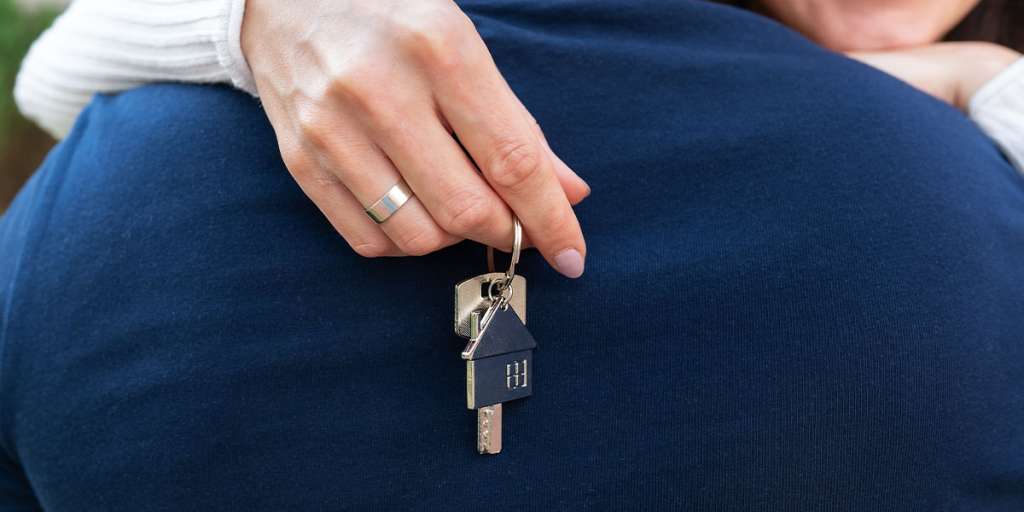UK Conveyancing Process
The process of buying or selling a property in the UK involves a critical legal process known as conveyancing. From the initial offer to the final completion, each step is crucial to ensure a seamless transfer of ownership.
In this comprehensive guide, we’ll walk you through the entire UK conveyancing process, shedding light on its intricacies and helping you navigate the path to property ownership.

Choosing a Conveyancer:
- Select a conveyancer or solicitor with expertise in property law.
- They act as the intermediary between the buyer and seller.
Draughting the Contract:
- The conveyancer drafts the initial contract detailing property specifics, price, and conditions.
- Contract sent from seller’s conveyancer to buyer’s conveyancer.
Property Searches:
- Buyer’s conveyancer conducts searches (local authority, environmental, water) to uncover property issues.
- Goal is to identify potential problems affecting property value.
Preliminary Enquiries:
- Buyer’s conveyancer raises enquiries to clarify contract details.
- Information gathered includes boundaries, fixtures, and disputes.
Reviewing the Mortgage Offer:
- Lender conducts property valuation and issues mortgage offer.
- Conveyancer reviews offer to ensure terms align with agreement.
Signing the Contract:
- Buyer and seller sign the contract once all enquiries are resolved.
- Deposit typically paid by buyer upon signing.
Preparing for Completion:
- Buyer’s conveyancer requests mortgage funds from lender.
- Seller’s conveyancer obtains settlement figure from seller’s mortgage provider.
Final Searches:
- Buyer’s conveyancer conducts final searches to confirm no changes since initial searches.
Completion Day:
- Balance of purchase price transferred from buyer’s to seller’s solicitor.
- Keys released to buyer; property officially changes hands.
Post-Completion:
- Buyer’s conveyancer registers change of ownership with Land Registry.
- Provides buyer with copy of title deeds.

Key Considerations and Challenges:
Delays and Timelines:
- Possible delays due to search findings, title issues, or slow responses.
Gazumping and Gazundering:
- Gazumping (higher offer acceptance) and gazundering (lowered offer pre-contract) can create uncertainty.
Leasehold vs. Freehold:
- Leasehold properties involve additional considerations like ground rent and service charges.
Stamp Duty:
- SDLT applicable on property purchases above a certain value; rates vary.
Chain Issues:
- Property chains link multiple transactions; delays in any link affect the process.

Tips for a Smooth Conveyancing Process:
Communication:
- Maintain clear communication with conveyancer, estate agent, and other parties.
Be Prepared:
- Gather required documents and property information early.
Conduct Due Diligence:
- Research property and local area thoroughly before making offers.
Seek Professional Advice:
- Consult conveyancers, surveyors, and mortgage advisors for guidance.
Anticipate Challenges:
- Prepare for potential issues like property defects or legal complications.



